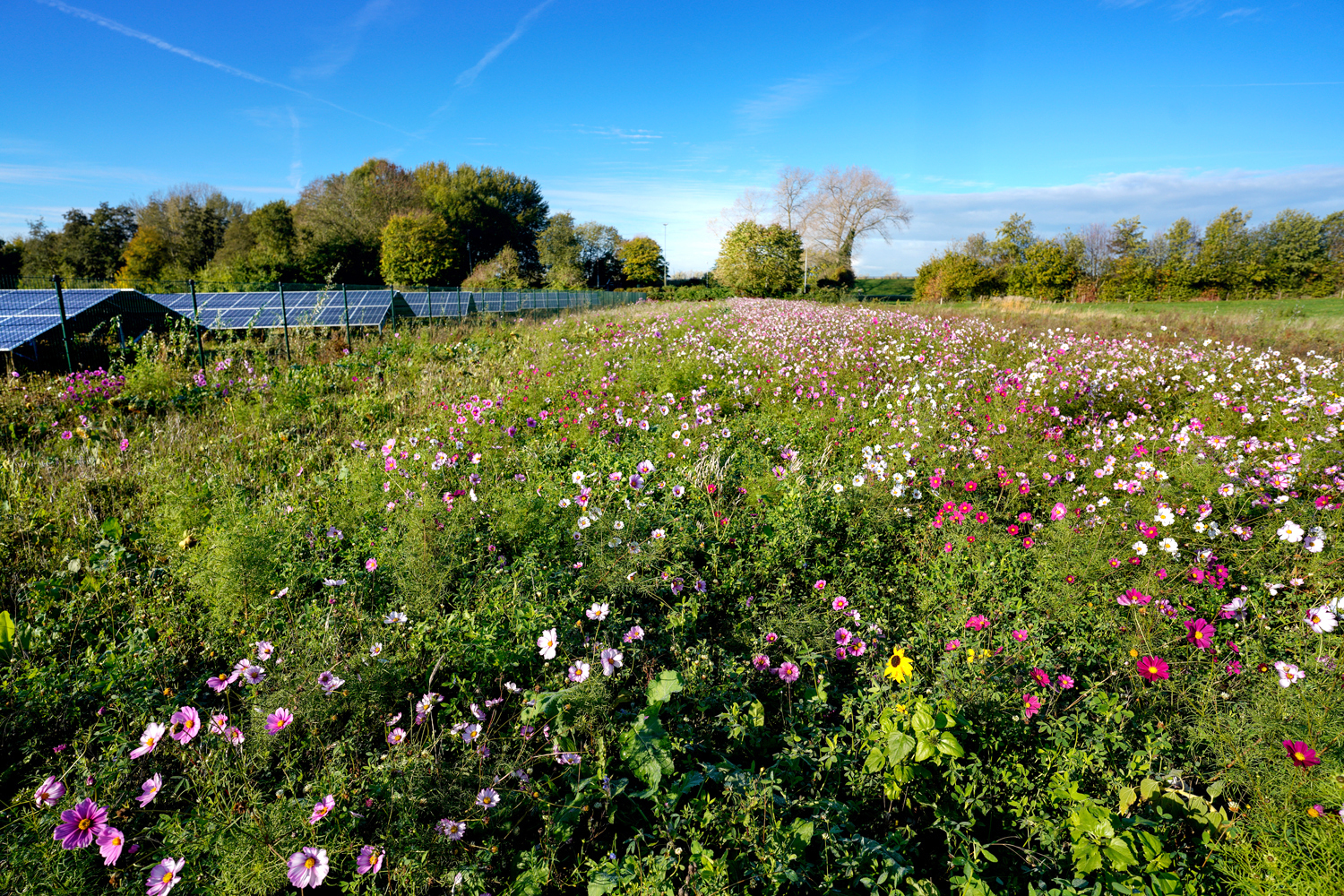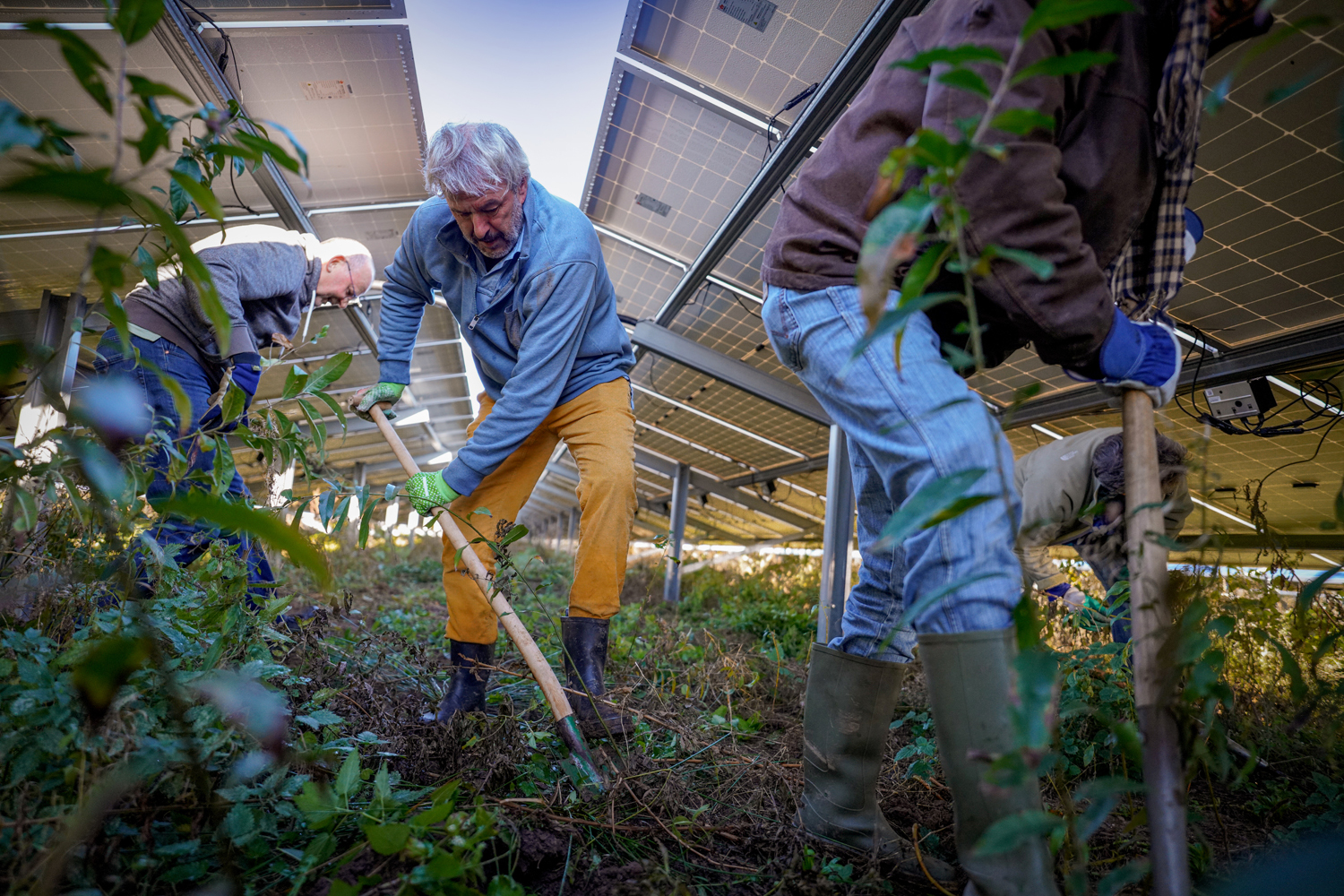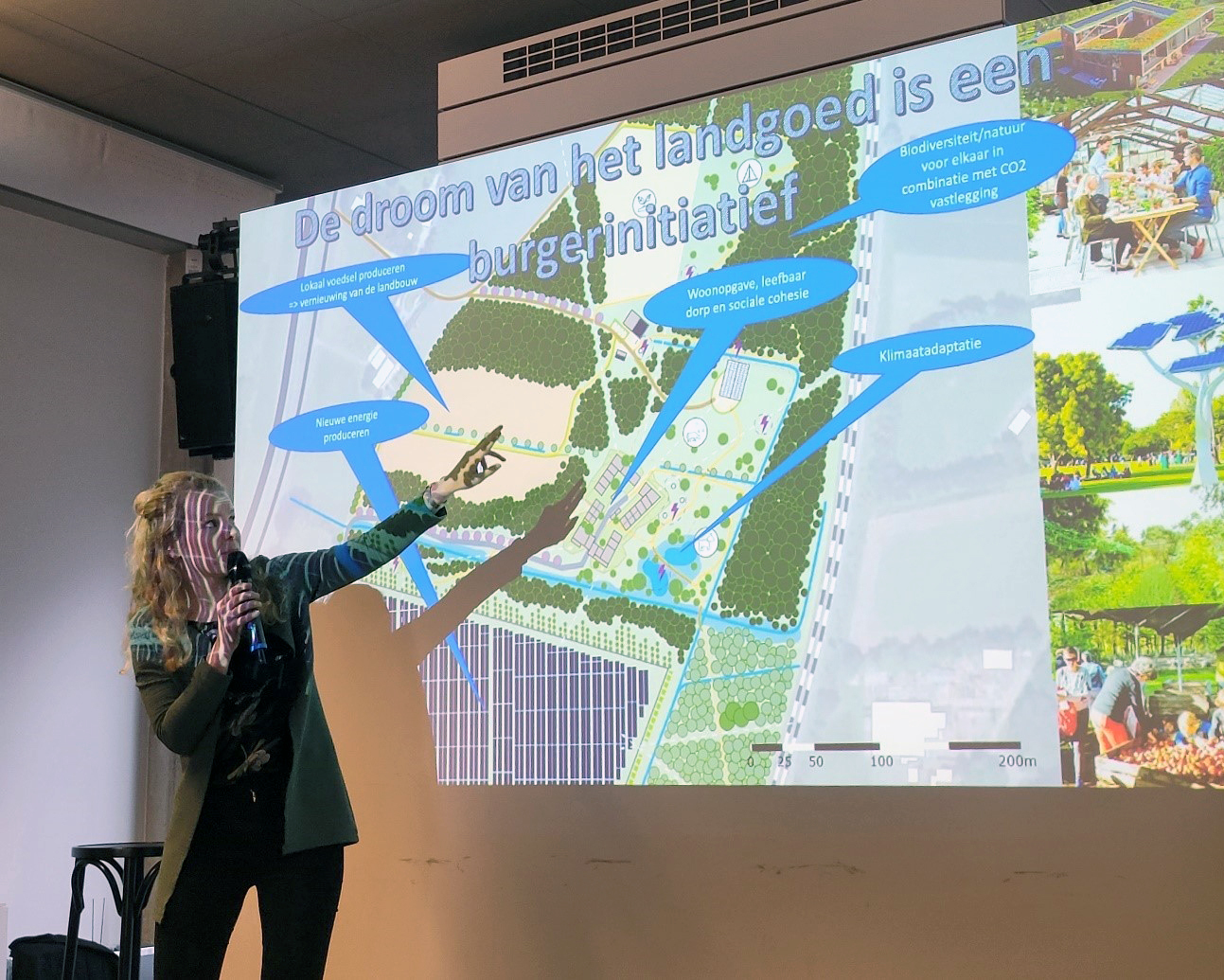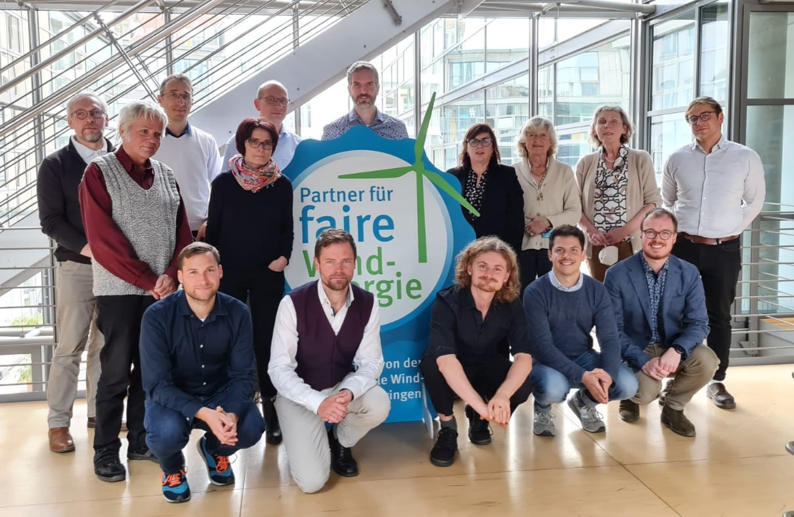Stories
February success story: Harvesting energy hand in hand with nature and citizens
Community energy is key to action on the climate crisis. It can empower people, boost local economies, and reinvigorate communities. Community-led initiatives play an important part in the transition towards a 100% renewable and just energy future. Success stories of community energy projects can be found all over Europe. At REScoop.eu we want to highlight these stories to further accelerate the movement towards a cleaner and democratic system.
This month we discover the Dutch energy gardens, a multifunctional space where energy production is combined with nature and leisure, and we follow the path to their replication in the German region of Thüringen.
A space of synergies
In order to complete the energy transition from fossil fuels to renewable energy, we need more solar parks and wind farms, but there are many different ways to build them. A few years ago, the Dutch environmental organisation ‘Natuur en Milieufederatie’ believed that there should be an alternative to the huge disruptive renewable energy production installations. They are convinced that there is a way to make these facilities go in hand with enjoying nature and enriching the landscape. The idea took shape in the concept of energy gardens, a model that is being developed in five locations in the Netherlands.
An energy garden is an area accessible to everyone where renewable energy is produced sustainably, nature flourishes and citizens can spend free time or enjoy the landscape. The space is designed as a whole, creating synergies between its different elements. For example, a solar park can be used to organise educational visits, fauna and flora are selected according to the conditions created by the energy installations, or cycle paths cross the woods for the enjoyment of citizens. This challenges the traditional way of thinking: it goes from how can I produce as much energy as possible to how can my project create the most possible societal impact.
While maintaining its original purpose and essence, each garden is different from one another. The local community, directly involved in the project since the beginning, decides which elements a garden should contain.

Energy production in Noordmanshoek
An example of an energy garden is Noordmanshoek. In 2008, the municipality of Olst-Wijhe bought a 25-hectares site to build a business park. The economic crisis halted the project and a group of neighbours, organised under the ‘De Noordmanshoek’ foundation, started working on a plan to give the space a sustainable purpose. Together with Natuur en Milieu Overijssel and Wageningen University & Research, they developed a plan for the energy garden Noordmanshoek.
In Noordmanshoek, the local energy cooperative called ‘Goed Veur Mekare’ built and manages a 7.5 Gwh solar park. The installation covers an area of 6.5 hectares and is designed to pay special attention to landscape integration and biodiversity. The solar panels cover 54% of the surface, which is exceptionally low, to leave space for nature and indigenous species, and natural hedges and thickets have also been planted along the edges of the installation. Annelies Boerman, board member of Goed Veur Mekare, explains how the energy garden marks the character of the PV installation.
“The fact that the solar park is part of an energy garden gives additional focus on biodiversity in and around the solar field. The monitoring of this development is part of the energy garden plans. 61 plant species were already counted in a first inventory in summer 2022, before any specific action was taken! Moreover, there is an agreement to facilitate visits several times a year, which hopefully helps the acceptance of solar fields in general.”

The construction of the solar park required an investment of €5.4 million. 10% of this amount was raised among the cooperative’s members, while the remaining 90% is a loan from a regional energy fund. The energy produced is sold to the cooperative energy supplier OM Nieuwe Energie. The benefits of the solar park will go to new local sustainable projects in Olst-Wij. Annelies describes the process.
“Each year we ask local stakeholders to propose plans for projects for further sustainable development in our municipality. A committee will assess the proposals and subsidies -of a maximum of 50% of the project cost- will be assigned to the selected projects. This year we will run the procedure for the first time, as production at Noordmanshoek started in March 2022.”
Biodiversity, housing and leisure in Noordmanshoek
The solar park in the energy garden De Noordmanshoek started supplying energy to 2,200 households about a year ago, but the other parts of the garden are still under development. The area will also feature sustainable agroforestry, hiking trains, educational boards, a viewpoint, resting areas, and a connection to the regional cycling network. There are also ideas for a dog-walking field, an animal pasture, some hiker's huts, camping spots and tiny houses.
Moreover, the local government approved this month the construction of 70 bio-based and energy-neutral houses that will complete the area – a modification added to the initial design as a major housing need emerged during the planning phase. The ambition of De Noordmanshoek foundation is that the future residents of the houses will work together with other citizens of Wijhe to develop and maintain the area and come up with new ideas for the garden.
Wendy Oude Vrielink, project leader at Natuur en Milieu Overijssel, illustrates how citizen participation is a key feature of energy gardens.
“The dream of this space is a citizens’ initiative. When asking the citizens living in the area, different ‘dreams’ were shared: climate adaptation, social cohesion, local food production, renewable energy production, biodiversity… In the energy garden, we try to take into account all these ‘dreams’.”
However, the path to arriving here wasn’t easy. The municipality was not used to grassroots processes and slow decision-making and in Noordmanshoek, they are required to generate as much wealth as other users of the land in order to be able to use it. However, energy gardens go beyond the creation of financial value, they create social value. “It is not easy to put social value at the centre of a world where plans are mainly evaluated against rules and financial outcomes”, Wendy concludes.

Exporting the energy gardens to Germany
The combination of energy generation, biodiversity, and social activities has attracted international attention and the COME RES project, in which REScoop.eu was involved, organised a knowledge transfer to introduce the concept of energy gardens in the German region of Thuringia. Stakeholders from the German region met and learnt from the initiators of the energy gardens in the Netherlands through several workshops and a site visit.
BürgerEnergie Thüringen, the federation of energy cooperatives in Thuringia, participated in the transfer together with the regional energy agency, the regional energy and environment ministry, REScoop.eu member Bündnis Bürgerenergie, and some environmental organisations. Reinhard Guthke, chairman of BürgerEnergie Thüringen, cited two important results of the exchange. The first one is a booklet describing the core elements of the energy gardens and lessons learned in the Netherlands. The second is the beginning of a collaboration with a foundation similar to Natuur en Milieufederatie that will enable the transfer of the concept in the region in the short term. At a later stage, they will start looking for potential sites to create energy gardens.
For Reinhard, the energy gardens will “open the door to combine the challenges of the climate crisis and the biodiversity crisis”.
